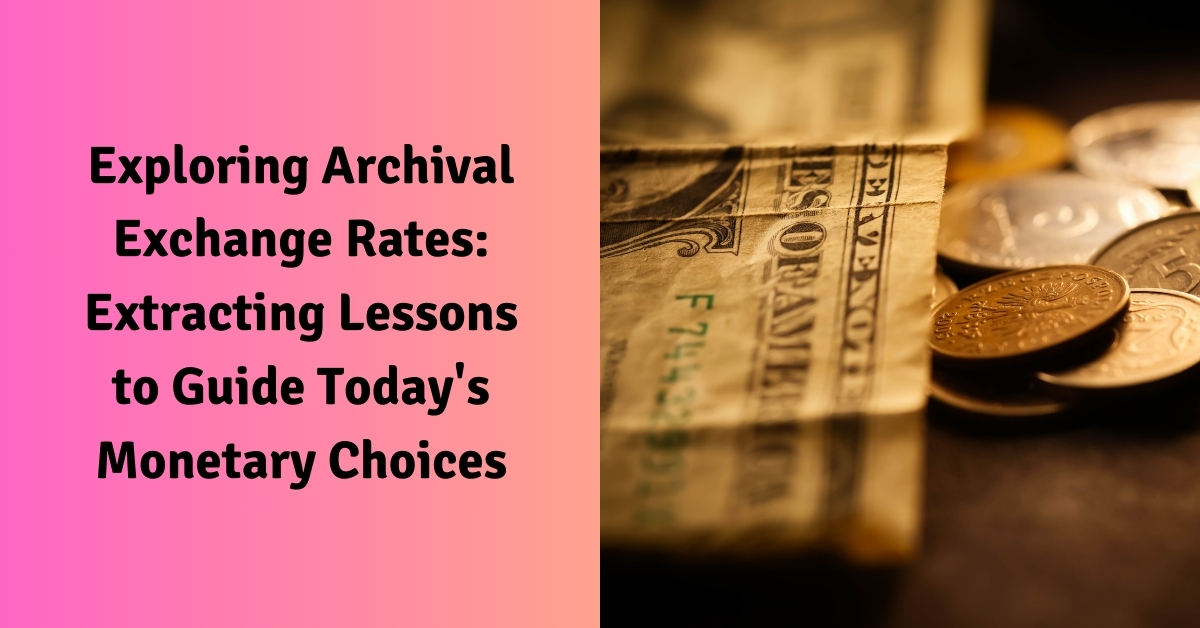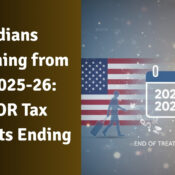Exploring Archival Exchange Rates: Extracting Lessons to Guide Today’s Monetary Choices

Currency exchange rates have consistently molded global commerce and financial landscapes. By examining past currency exchange rates, we can glean valuable insights into the economic and political atmospheres of various periods.
Grasping how currencies have shifted over time can aid us in making well-informed choices in the present.
Each era has witnessed distinct exchange rate dynamics, from the era of the gold standard to the Bretton Woods system.
By delving into history, we can better comprehend the intricacies of today’s global economy and make more astute decisions regarding currency trading and investments.
What Defines Currency Exchange Rates?
Currency exchange rates represent the comparative value of one currency against another and can vary daily based on market information. Historical currency exchange rates depict previously recorded rates, with such data available from as far back as 1990.
By inputting a currency pair, such as USD to EUR, into a currency conversion tool, one can determine the exchange rate for a specific currency.
This information proves useful for banking transactions, money transfers, and foreign exchange dealings involving major currencies like the Japanese Yen, Pound Sterling, or Canadian Dollar.
How to Retrieve Historical Currency Exchange Rates?
Several methods exist for accessing historical currency exchange rates:
Web-based currency converters: Various websites such as XE, OANDA, and Investing.com provide historical currency exchange rate data. These platforms allow you to choose a specific date range and currency pair to view past rates.
Historical exchange rate repositories: Financial databases like Bloomberg, Reuters, and the Federal Reserve offer historical exchange rate data accessible through subscription.
Central banks: Numerous central banks worldwide provide historical exchange rate data on their websites. This information is often freely available and can be used for research purposes.
Currency exchange rate archives: Some financial institutions and research organizations maintain records of historical exchange rates that can be accessed online.
Historical financial publications: Certain financial publications may offer historical exchange rate data in their archives. This can be beneficial for finding exchange rates for a particular period.
Significance of Historical FX Data in Financial Decision-Making
Historical foreign exchange (FX) data plays a crucial role in financial decision-making for several reasons:
Trend analysis: Historical FX data can offer valuable insights into the patterns and trends in currency movements over time. By examining this data, investors can better understand the potential risks and opportunities associated with a particular currency pair.
Risk management: Understanding historical FX data is essential for managing risk in foreign exchange trading. By studying past trends and movements, investors can identify potential risks and develop mitigation strategies.
Forecasting: Historical FX data can also be used to predict future currency movements. By analyzing past trends and patterns, investors can make more informed predictions about the direction of currency pairs, helping them to make better investment decisions.
Performance evaluation: Historical FX data can be used to assess the performance of investment strategies. By comparing the actual performance of a currency pair with historical data, investors can identify areas of strength and weakness in their trading strategies.
Information on market dynamics: Historical FX data provides valuable information on market dynamics, including the factors influencing currency movements. By studying past data, investors can gain a deeper understanding of the market and make more informed decisions.
Employing Exchange Rate Charts and Graphs
Exchange rate charts and graphs are valuable tools for monitoring currency value fluctuations and making informed decisions when trading or investing in foreign currencies. Here are some ways you can effectively utilize these visual representations:
Examine trends: Exchange rate charts illustrate how a currency pair has performed over a specific period. By analyzing these trends, you can identify patterns and predict future movements in the exchange rate.
Compare different currency pairs: Graphs and charts facilitate easy comparison of the performance of different currency pairs. This can help you determine which currencies are more stable or volatile and decide which pairs to trade.
Identify support and resistance levels: Exchange rate charts can help you pinpoint key support and resistance levels, which are important for setting stop-loss orders and profit targets. These levels can also indicate potential breakout points or reversals in the exchange rate.
Track economic events: Exchange rate charts often include indicators or events that could impact the currency pair, such as interest rate announcements, economic data releases, or geopolitical events. You can make more informed trading decisions by monitoring these events alongside the exchange rate.
Utilize technical analysis tools: Many exchange rate charts have built-in technical analysis tools, such as moving averages, trendlines, and Fibonacci retracement levels. These tools can help you identify potential entry and exit points for your trades.
Frequently Traded Currencies and Forex Patterns
Some of the most commonly traded currencies in the forex market include the US dollar (USD), Euro (EUR), Japanese yen (JPY), British pound (GBP), and Swiss franc (CHF). These currencies comprise the majority of trading volume in the market.
There are several patterns that traders often observe in the forex market, including:
Major currency pairs have the highest liquidity and trading volume, making them more stable and less volatile than exotic currency pairs. Market trends, such as bullish or bearish movements, can be influenced by various factors, including economic data releases, geopolitical events, and central bank policies. Currency correlations can also impact trading decisions, as certain currency pairs may move in tandem or opposite directions based on various factors, such as commodity prices or interest rate differentials. Traders commonly use technical analysis to identify trends and patterns in price movements, which can help inform trading decisions based on historical data.
Conclusion
Exploring historical currency exchange rates offers a unique perspective on the economic and political landscapes of different eras. This academic and practical knowledge provides valuable insights that inform present-day financial decisions, particularly in currency trading and investments.
The ability to analyze historical data becomes an invaluable asset, empowering investors and traders to navigate the complexities of global finance with informed confidence.
FAQs’
Q1. How far back do historical currency exchange rate records typically extend?
Ans- Historical currency exchange rate records can date back to 1990, offering a broad historical perspective for analysis.
Q2. What are some reliable sources for historical currency exchange rate information?
Ans- Common sources for reliable historical data include online currency converters like the Vance Currency Converter, central banks’ websites, financial databases with subscription access, and archives maintained by financial institutions and research organizations.
Q3. How can I utilize historical currency exchange rate data to identify trends and patterns?
Ans- Historical data can be used to analyze trends and patterns by examining past currency movements, identifying risks, and forecasting future directions, aiding in informed decision-making.
Q4. Are there any tools or software available to help visualize historical currency exchange rate data?
Ans- Tools and software, such as online platforms with built-in technical analysis features such as moving averages and trendlines, are available to help visualize this data effectively.
Q5. What are the primary factors that have historically influenced currency exchange rate fluctuations?
Ans- The main factors influencing currency exchange rate fluctuations historically include economic indicators, political stability, market sentiment, trade balances, central bank policies, significant news events, and market speculation.
Q6. How can looking at past exchange rates help predict future currency changes?
Ans- Studying past exchange rates allows you to spot patterns and trends, which can help you make informed guesses about how currencies might move in the future. This is especially useful for investors and businesses aiming to reduce risks and increase profits.
Q7. Can past exchange rate data help us understand how global events affect currencies?
Ans- Yes, historical exchange rate data can show how events like political changes, economic crises, or natural disasters have influenced currency values in the past. This knowledge can help us predict how similar events might impact exchange rates now.
Q8. How do past currency exchange rates benefit long-term investors?
Ans- Long-term investors can use historical exchange rates to see trends and cycles in the forex market, helping them decide the best times to buy or sell. This information also helps assess the long-term stability of a currency.
Q9. Are there specific historical periods that are particularly useful for analyzing currency exchange rates?
Ans- Yes, certain times, like the post-World War II era, the Bretton Woods system, or the 2008 financial crisis, are especially useful for studying exchange rates. These periods had significant changes in global economics and currency values, offering important lessons for today.
Q10. How can businesses use past exchange rate data to improve financial planning?
Ans- Businesses can use historical exchange rate data to better predict currency fluctuations and create strategies to manage risks. This information can help with setting prices, budgeting, and financial planning, leading to more robust financial strategies.



